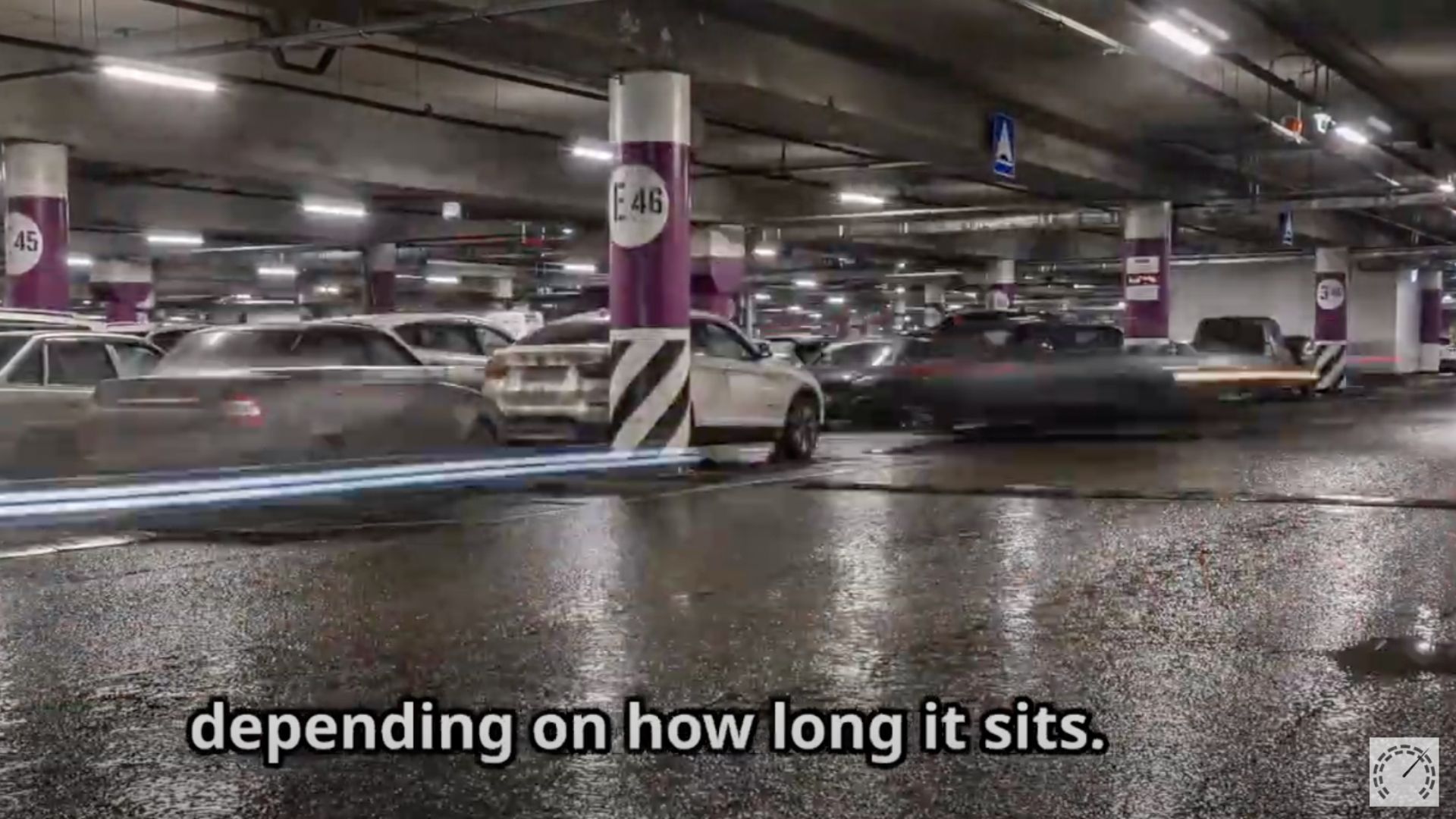Leaving your car parked for long periods can lead to a range of issues that can worsen over time. Here’s a detailed timeline showing what happens to your vehicle and the steps you can take to mitigate damage when it’s parked for extended durations:
Within 2 Weeks
Most cars can sit idle for up to two weeks without major issues. However, to prevent minor problems, it’s best to top up tire pressure and drive the car before parking it to keep the battery charged. Other components like tires, wiper blades, and suspension joints typically remain unaffected in this short span.
1 Month
After a month, you may start noticing problems like a dead battery, as the alternator won’t recharge it during this time. Tires may lose pressure or develop flat spots, and fuel may begin to degrade, potentially harming the fuel system. Brake components may also begin to rust, causing noise when you finally drive.
3-6 Months
At this stage, the battery is likely completely dead and the tires may develop permanent flat spots, with the rubber possibly beginning to degrade. Fluids like engine oil and coolant will start breaking down, losing their effectiveness. Additionally, rodents may damage wiring and upholstery, creating more complications.
1 Year
After a year, more significant damage can occur. The battery will need replacing, and tires may degrade completely. Moisture can build up in the gas tank, while fluids such as engine oil and transmission fluid could become contaminated, leading to engine or transmission issues. Rust may form on brake rotors and exhaust components.
2-5 Years
At this stage, severe problems like rusted brake lines and corroded suspension parts can develop, requiring costly repairs. All fluids will need flushing and replacement, and the risk of severe pest infestations increases, potentially causing major damage to electrical systems and the interior.
5-10 Years
After 5-10 years, the car may suffer from extreme damage, including corroded wiring, unusable tires, seized engine components, and rusted structural elements. The interior may also deteriorate due to moisture, mold, and sun exposure. Starting the car without proper maintenance could cause catastrophic damage.
Preventive Measures
If you plan to store your car for a long time, use a battery maintainer, over-inflate tires, treat the fuel system, and cover your vehicle. Regular check-ups, starting the engine, and occasional driving can help minimize the risk of severe damage.
